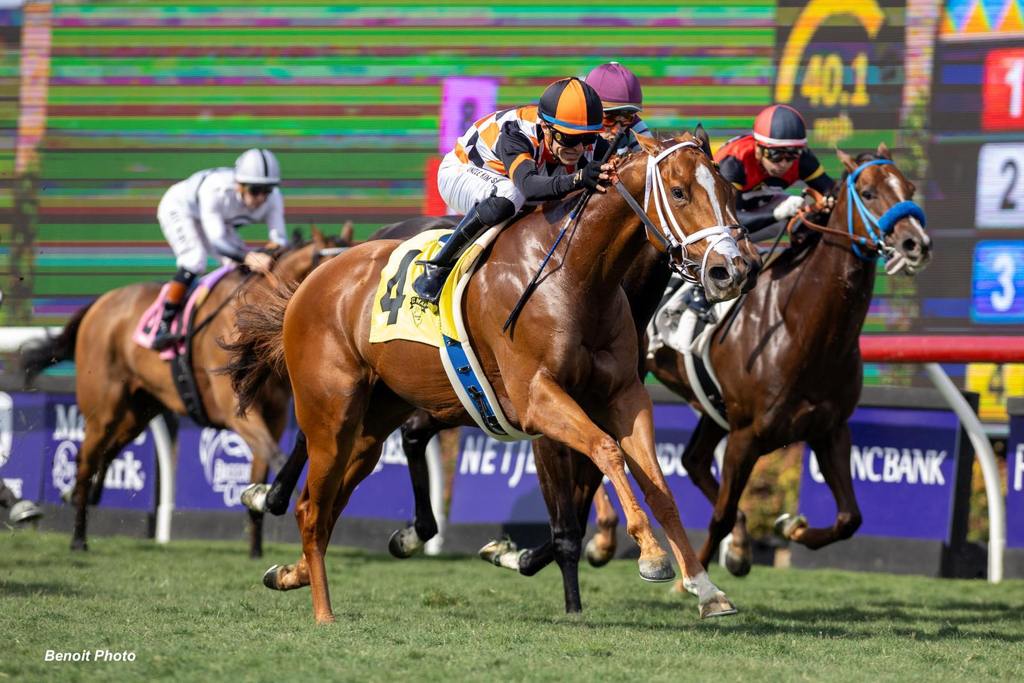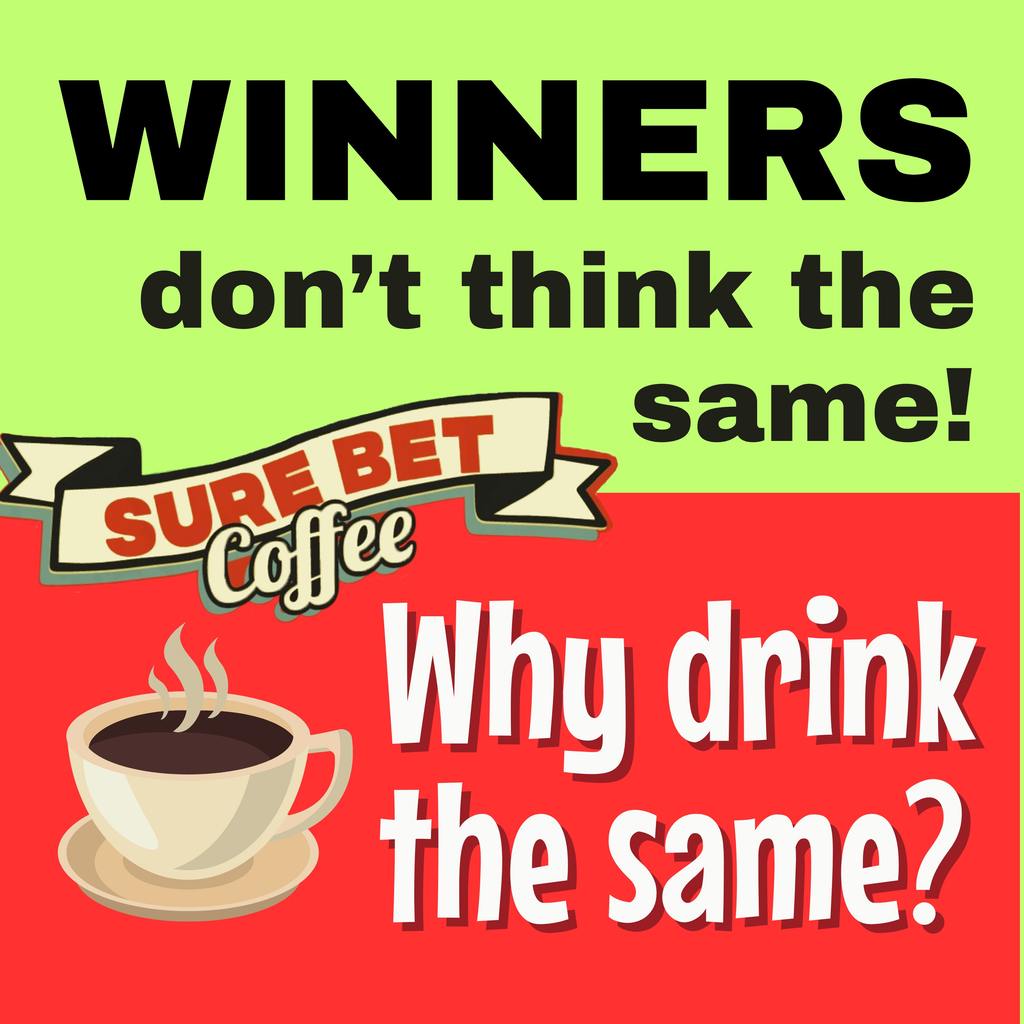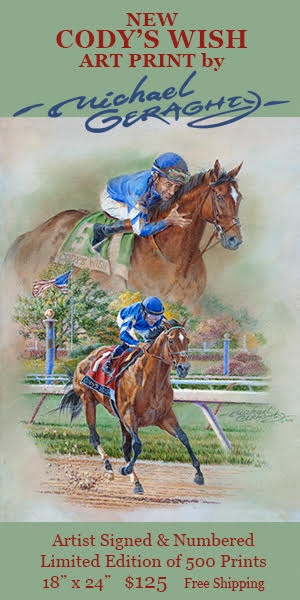
For newcomers to the sport, horse racing odds can look like a maze of fractions, shifting numbers, and unfamiliar terminology. Yet understanding them is far easier than it seems—and doing so can greatly enhance your enjoyment of any race, whether it’s a major international event or a quiet afternoon at a local track. Odds aren’t just for seasoned bettors; they offer insight into how each horse is expected to perform and how the public views the field. With a bit of guidance, anyone can read the board with confidence..
This guide breaks down the essentials of horse racing odds in clear, simple terms—giving you the confidence to interpret the numbers long before the horses leave the starting gate.
What Do Horse Racing Odds Represent?
At their core, horse racing odds tell you two things:
- How likely a horse is to win, based on both expert assessments and public betting activity.
- How much you stand to win if your chosen horse finishes in the required position.
Most tracks display odds in fractional form (for example, 5/1). Lower odds like 2/1 suggest the horse is strongly favored—meaning it’s seen as more likely to win, but with a smaller payout. Higher odds like 15/1 suggest the horse is less fancied but capable of producing a significant payout if it surprises the field..
Odds shift continuously right up until race time. These changes reflect how money is flowing into the betting pools. If a horse opens at 10/1 and later appears at 6/1, it simply means more bettors are backing that horse. This movement—often called “action”—doesn’t mean the horse suddenly got better. It just indicates shifting public or bookmaker confidence.
Digital platforms and international racing also use decimal odds, which display the total return instead of just profit. Fractional 5/1 becomes 6.0 in decimal form. Many newcomers find decimals easier because they show exactly what you’ll receive for every unit wagered.
Why Odds Change—and What It Means
Odds are not fixed. They fluctuate continuously as money enters the betting pools. If a horse begins the day at 10/1 but drops to 6/1 closer to race time, it simply means many bettors are backing that horse. This increase in “action” shortens the price. On the other hand, if support for a horse fades, its odds may drift from 8/1 to 14/1.
This movement does not reflect any sudden change in the horse’s ability. The horse hasn’t become faster or slower in the hours before the race—it’s simply a reflection of how the betting public and bookmakers perceive its chances at that moment.
How to Read the Odds Board Without Getting Lost
When you glance at the odds board—whether at the track, on television, or on a racing betting platform —you’re looking at a live picture of how the public evaluates the race. Horses listed at longer odds (such as 20/1 or 30/1) are seen as longshots. They’re not expected to win, but they offer far greater returns if they do. Shorter odds such as 5/2 or 7/4 point to the race favourites.
The board also lists separate pools for win, place, and show bets, each with continuous updates as more wagers are placed. Observing how these numbers shift can help casual viewers understand where attention is focused and which horses remain under the radar.
The favourite—the horse carrying the shortest odds—is simply the one attracting the most support. But being favoured is not a guarantee. Upsets are a hallmark of horse racing, and unexpected winners are part of what keeps the sport exhilarating.
Horse racing history is full of surprising upsets, reminding fans that while odds are informative, they are not predictors of fate.
Exploring Different Types of Odds-Based Wagers
Understanding basic win odds is helpful, but horse racing offers several wager types that use odds in different ways.
Win, Place, and Show
- Win: Your horse must finish first.
- Place: In US racing, the horse must finish first or second.
- Show: The horse must finish in the top three.
These wagers are perfect for beginners because they clearly reflect the meaning of the displayed odds.
Exacta, Trifecta, and Superfecta
These bets predict the exact order of finish for multiple horses:
- Exacta: First two horses
- Trifecta: First three horses
- Superfecta: First four horses
The payouts for these are based on combinations rather than individual horses, meaning they rely on more complex math—but the odds board still provides helpful clues.
Using “Tracking Trips” to Add Insight Beyond Odds
Odds are valuable, but they only tell part of the story. Smart handicappers know that understanding how a horse ran in prior races can be just as important as knowing what price it’s listed at on the board. This is where trip handicapping comes into play: the art of analysing a horse’s actual journey through a race.
Did the horse check sharply? Was it carried wide? Did it run against a track bias? Was the effort stronger—or weaker—than it initially appeared?
Tracking Trips identifies horses who experienced meaningful trouble, encountered bias, or delivered sneaky-good performances that the raw results don’t fully capture. Developed with the expert eye of professional handicapper Jonathan Stettin, the service acts as a “second set of eyes,” helping bettors notice what others may miss. For players looking to elevate their handicapping, trip analysis combined with Tracking Trips can reveal opportunities that odds alone won’t show.
By blending a solid understanding of odds with a deeper appreciation of race dynamics, bettors and fans alike can form a clearer picture of who truly merits another look next time they run.
Making Sense of the Numbers
Understanding horse racing odds isn’t just useful for betting; it enhances the viewing experience by giving you insight into race-day sentiment and public expectations. With a clear foundation in fractional and decimal odds, the meaning of shifting prices, and the types of wagers available, you can watch any race—big or small—with a deeper appreciation for the strategy and unpredictability that make horse racing so compelling.



